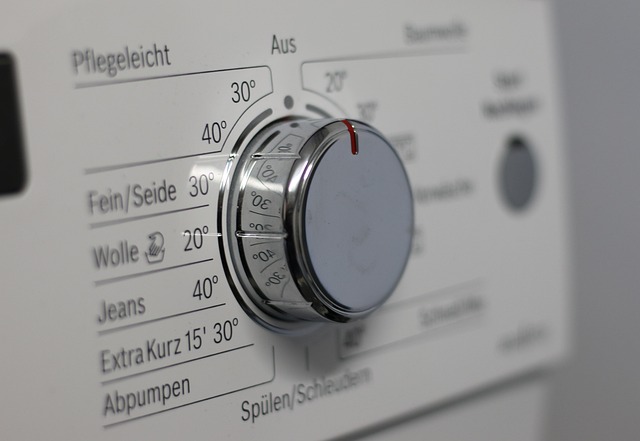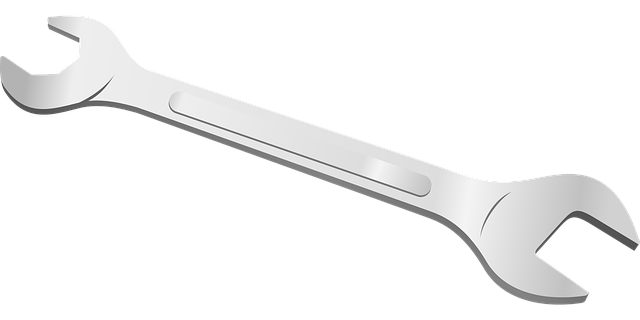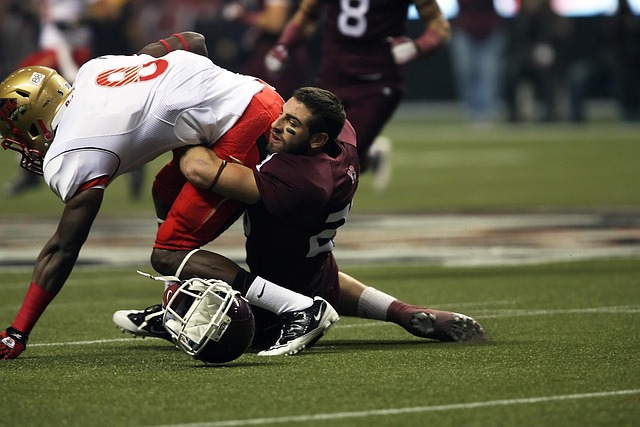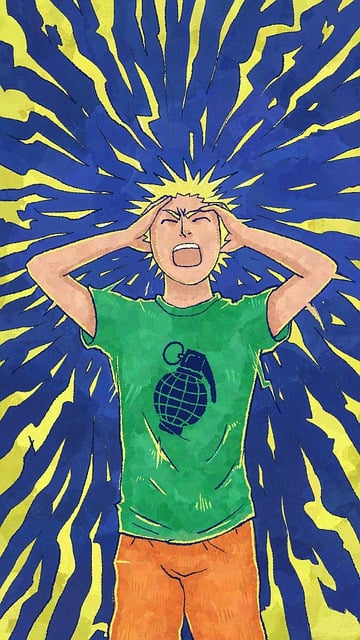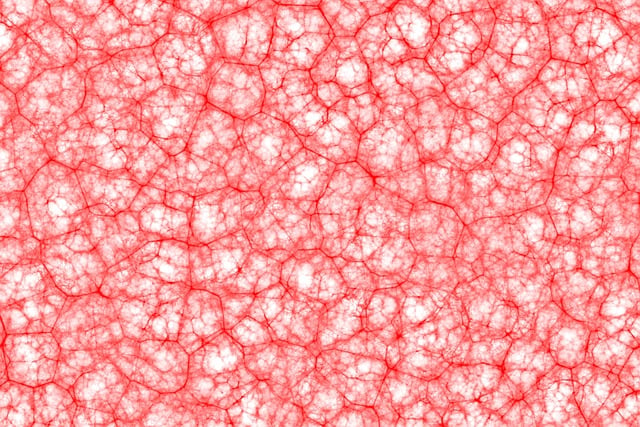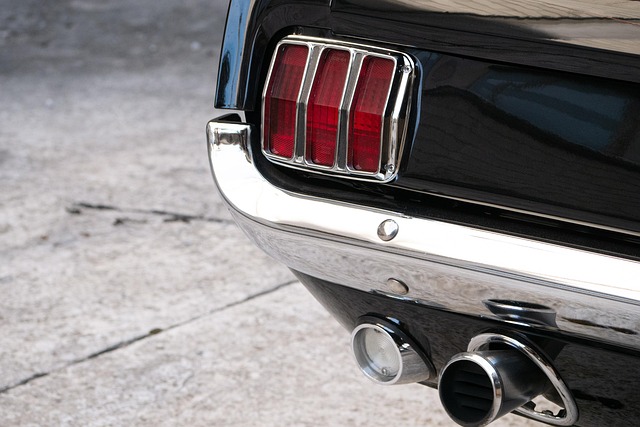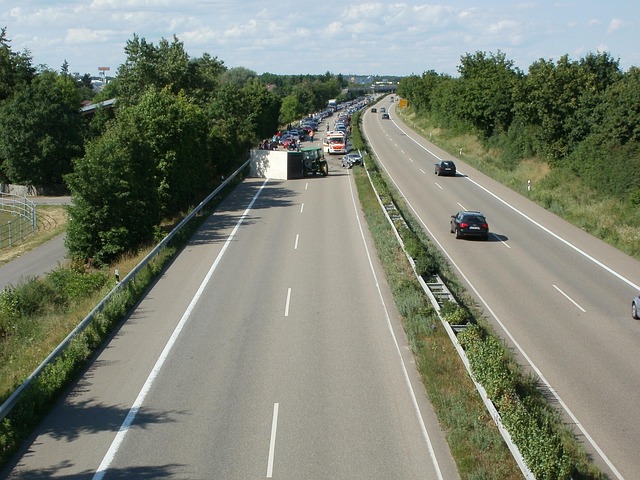After a minor rear-end collision, proper recovery includes chiropractic care for spinal adjustments, rest, and gentle exercises. Chiropractors address misalignments to alleviate pain and promote healing without surgeries. Combining chiropractic treatment with gradual physical activities under professional guidance ensures safe return to daily routine for rear-end collision victims.
After a minor rear-end collision, a comprehensive recovery plan is essential for rear-end collision victims. This article guides you through crucial steps to heal and regain your well-being. We explore chiropractic care as a key component in addressing injuries common in such accidents. Additionally, we provide practical tips on physical therapy, rest, and returning to daily life, ensuring a safe and gradual reintegration. Remember, seeking professional help and following tailored advice are vital for optimal chiropractic recovery.
- Assessing Injuries and Chiropractic Care After a Rear-End Collision
- Steps for Effective Recovery: Physical Therapy and Rest
- Returning to Daily Life: Tips for Gradual Reintegration
Assessing Injuries and Chiropractic Care After a Rear-End Collision
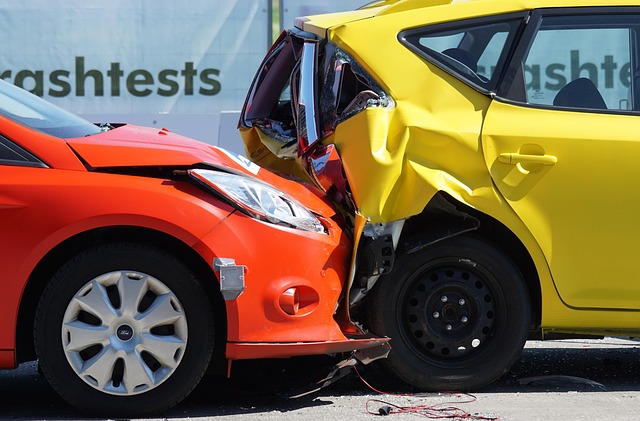
After a minor rear-end collision, assessing injuries is a crucial step in the recovery process. While some injuries may be immediately apparent, such as bruises or cuts, others might take longer to surface. Spinal adjustments and chiropractic care are often recommended for individuals involved in rear-end collisions, as these low-impact techniques can help alleviate pain and promote healing. Chiropractic professionals specialize in diagnosing and treating musculoskeletal disorders, including those resulting from car accidents.
Chiropractic recovery for rear-end collision victims focuses on addressing any misalignments or restrictions in the spine that may have been caused by the impact. Through various hands-on adjustments, chiropractic care can help reduce inflammation, improve nerve function, and restore range of motion. This holistic approach not only addresses physical symptoms but also promotes overall well-being, ensuring that collision victims make a full recovery without the need for invasive treatments or surgeries.
Steps for Effective Recovery: Physical Therapy and Rest
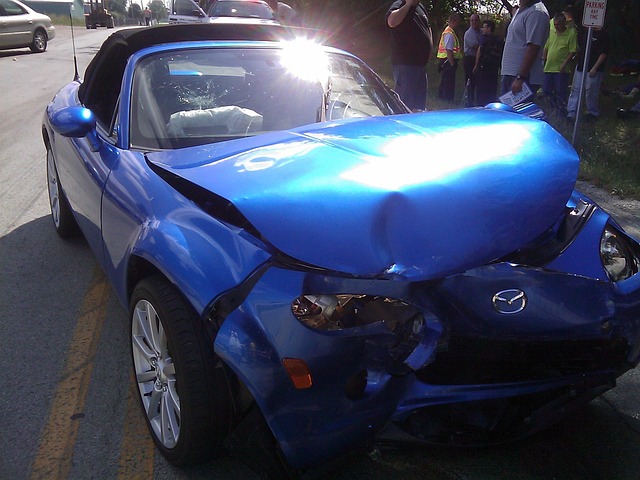
After a minor rear-end collision, proper physical therapy and adequate rest are crucial steps in your recovery journey as a rear-end collision victim. Chiropractic care is often a recommended approach for managing pain and restoring mobility. Chiropractors specialize in adjusting the spine and joints, addressing potential misalignments caused by the impact. This can help alleviate symptoms like neck pain, headaches, and backache commonly experienced after such accidents.
Rest is equally vital to give your body time to heal. While it may seem counterintuitive, allowing your muscles and tissues to recover is essential. During this period, avoid strenuous activities that could aggravate the injury. Instead, focus on gentle exercises and stretches recommended by healthcare professionals to promote blood flow without causing further damage.
Returning to Daily Life: Tips for Gradual Reintegration

After a minor rear-end collision, returning to your daily routine can feel daunting. It’s essential to take it slow and allow time for your body to recover, especially with chiropractic care tailored for rear-end collision victims. A gradual reintegration process will help prevent further injuries and ensure you’re ready to face the demands of everyday life.
Start by engaging in light activities that don’t cause pain or discomfort. Simple exercises like walking, gentle stretching, or light yoga can aid in recovery. Gradually increase your physical activity level as comfort allows. It’s crucial to listen to your body; if any movement intensifies pain, adjust or pause until you’re ready. Chiropractic adjustments and regular check-ins with a healthcare professional will guide your recovery journey, ensuring you’re on the right path back to normalcy.
After a minor rear-end collision, a comprehensive recovery plan is essential for rear-end collision victims. By combining chiropractic care, physical therapy, and gradual reintegration into daily life, individuals can effectively manage injuries and speed up their healing process. Remember, seeking professional help, especially in chiropractic recovery, plays a pivotal role in returning to optimal health and mobility.
